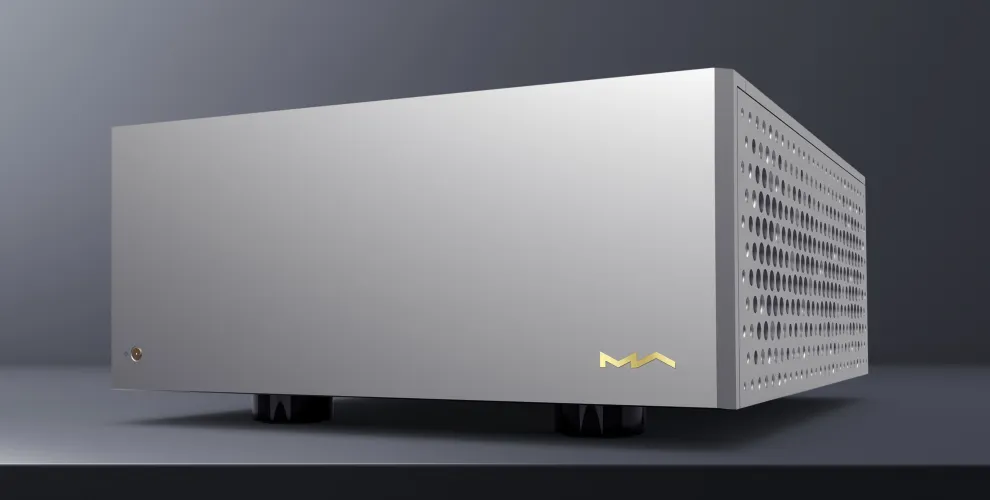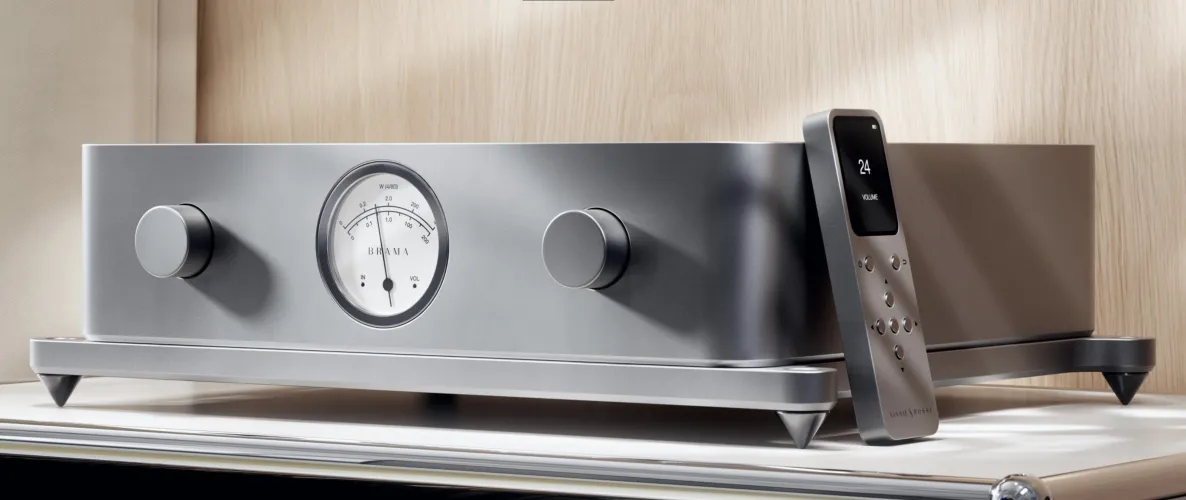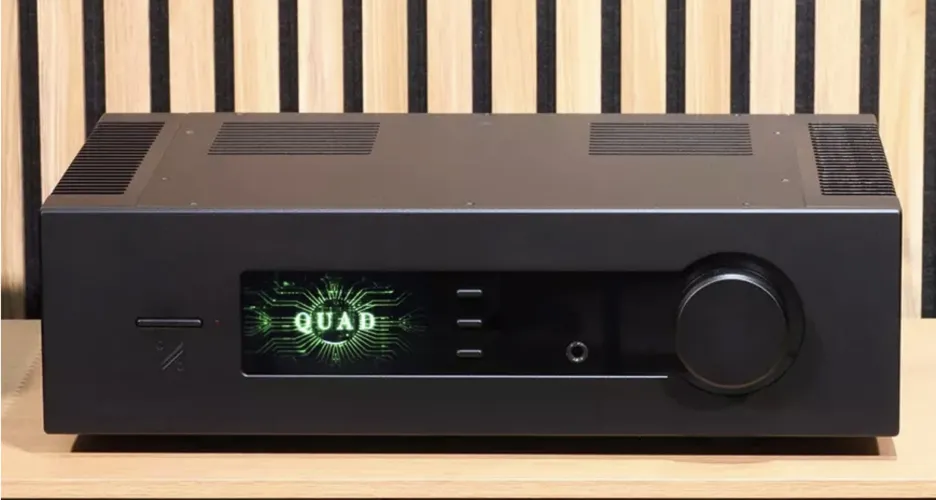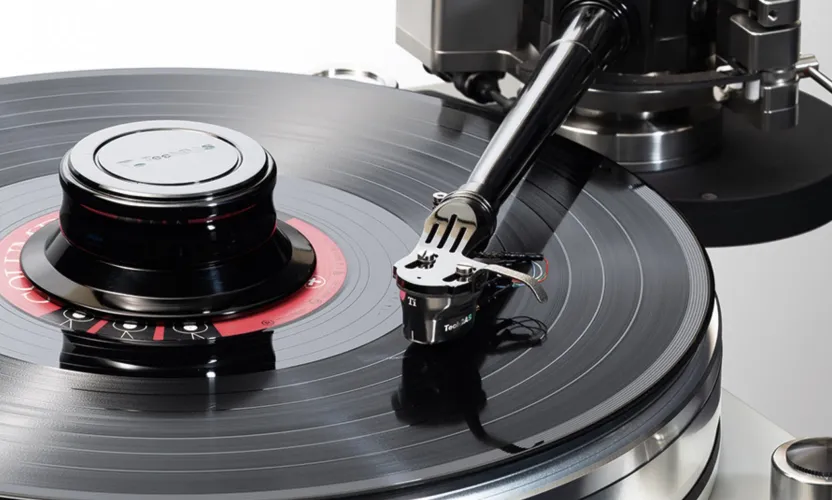
Wilson Audio Sasha V – a real beauty of sound
Review of one the newest High End loudspeakers
03.10.2024 09:00 | ~5 minutes read
When it comes to High End acoustics, the first company that comes to mind is Wilson Audio, an American trendsetter in the field of high-quality sound reproduction that has repeatedly turned our ideas about how home speakers should sound upside down. Today, with the appearance of the Wilson Audio Sasha V model on the market, we can talk about it once again and can see a really gamechanger loudspeakers.
Upgrade and upgrade again
So, Wilson Audio Sasha V became the successor to Wilson Audio Sasha DAW – a model that was favored by both critics and audiophiles. Is it possible to improve an already successful mid-sized High End speaker? It figured out that it is possible – and very possible.
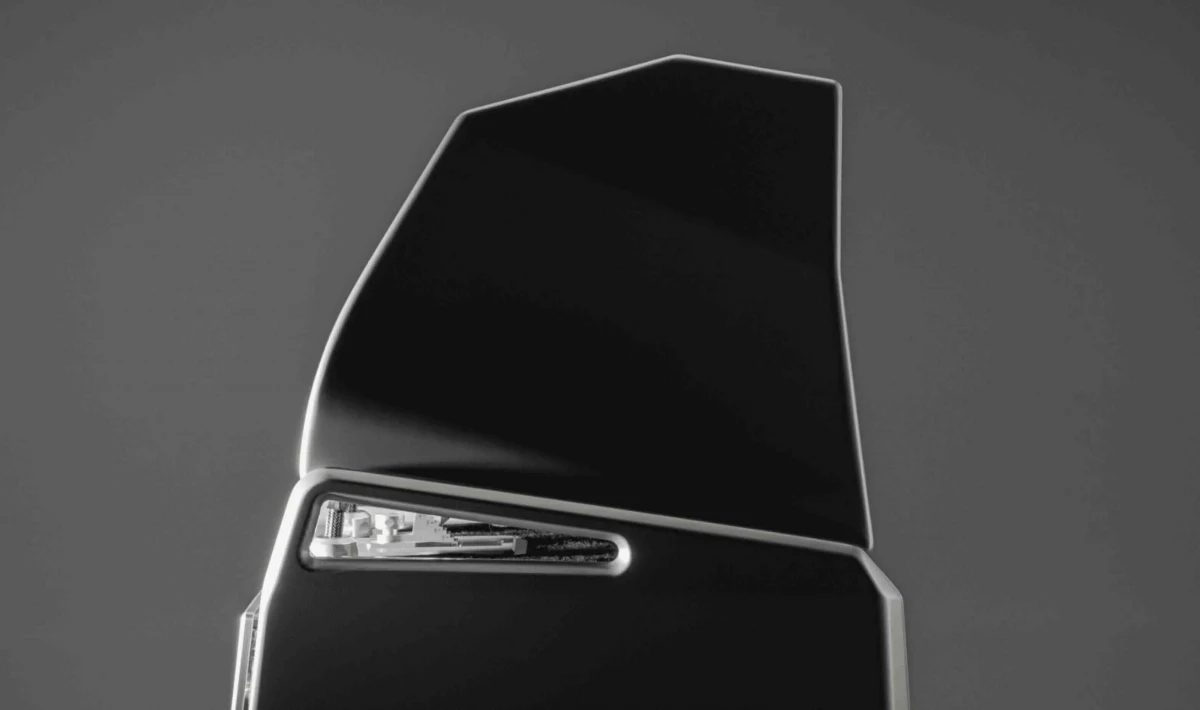
Two principles laid down in the design of Wilson Audio Sasha V ("Excellence in All Things" and "Authentic Excellence") are revealed here in all elements and details (and many of which migrated to the model from the flagship Chronosonic XV). Thus, the upper module of Wilson Audio Sasha V is now based on a pair of two-position spikes (which was not in Sasha DAW) and allow more accurately adjust the coherence of the sound and achieve better dispersion of sound. The tweeter used is similar to the Alexx V acoustics - it is built using Convergent Synergy Carbon (CSC) technology and placed into a carbon 3D-printed chamber - which dramatically reduces the level of distortion.
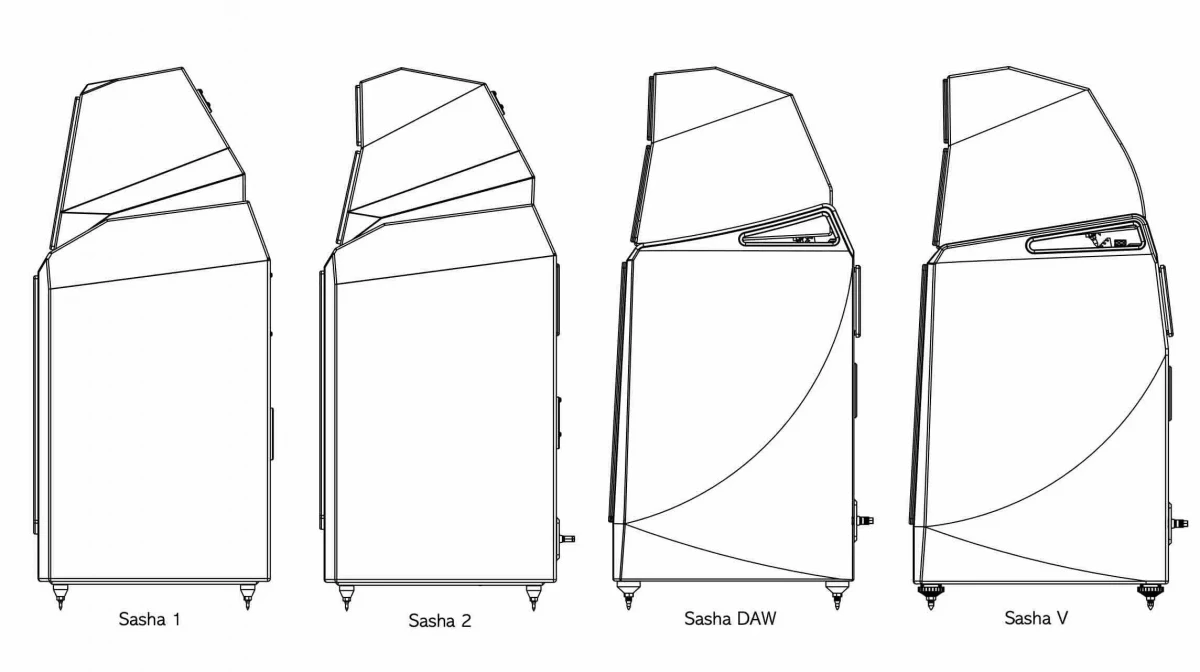
New magnets and new cabinets
Wilson Audio Sasha V used brand new Wilson Audio multi-connector binding posts (ready to connect both spades and bananas) made of purest conducive metallurgies, a new resistor camera (carbon, aluminum, glass) and internal wiring from Wilson Audio formulated V-Cable. Finally, we move on to the company's special pride - the midrange driver now using 7-inch AlNiCo (Aluminum - Nickel - Cobalt) QuadraMag. Until now, such a solution was used only in the more expensive acoustics Chronosonic XVX, Alexx V, and the Alexia V.
As usual for the company, the speaker cabinets are made of proprietary composite materials. The upper array baffle contains elements of S-Material, the low-resonance of which is aimed at maximum suppression of vibrations that are undesirable for the tweeter and mid-range driver. The main parts of both cases are assembled on the basis of X-Material – and the cabinet walls are made thicker, so the bass chamber is now 25% thicker compared to the Sasha DAW.
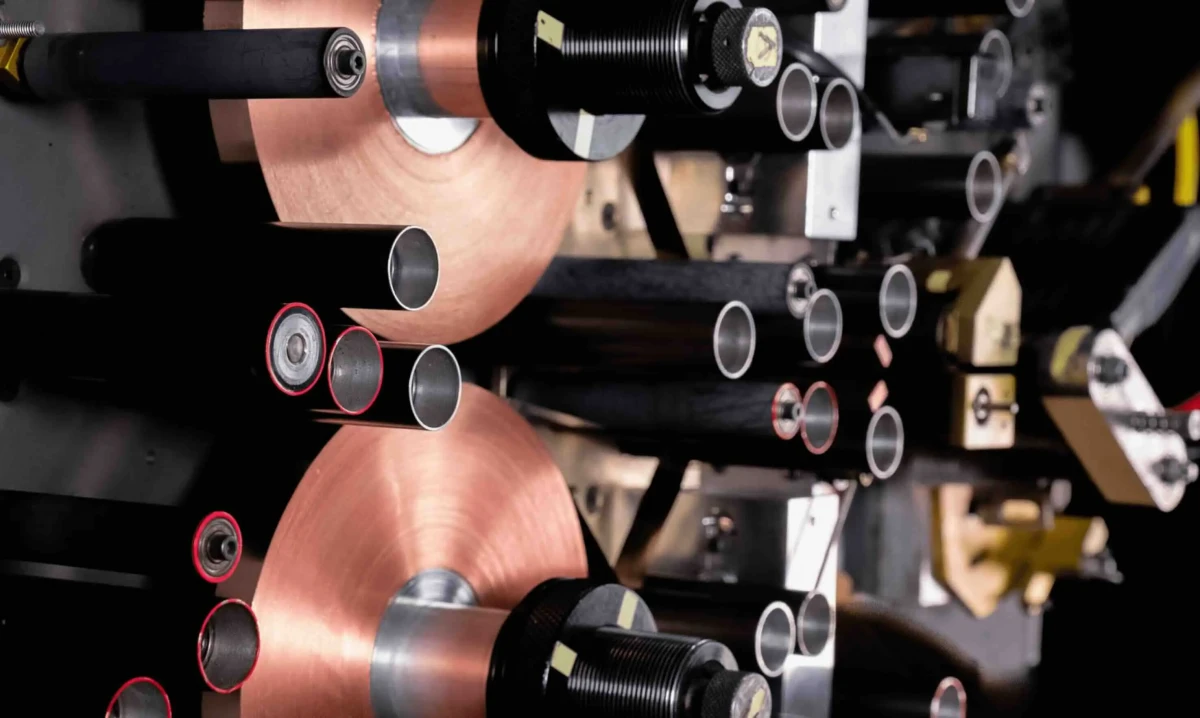
Finally, let's move on to the crossover capacitors. They are all great – few companies can afford such a thing. Each custom capacitor (Wilson Audio has heavily invested in Switzerland / United States firm Reliable Capacitors), used in both of Sasha V's crossovers, have been made at Wilson Audio's in-house capacitor manufacturing department. As a result, a completely new copper version of the AudioCapX-WA capacitor is installed in Wilson Audio Sasha V - according to the company, it provides much better detail for high-frequency.
Each Wilson Audio Sasha V now weighs 245 lbs and reaches a height of 45 1/16 inches - the acoustics have become even more "robust", thanks to a heavier body. A pair of 8" woofers, a 7" midrange with a magnetic system AlNiCo (Aluminum - Nickel - Cobalt) QuadraMag, an inch woofer - this is the set, reaching 88 dB with an average resistance of 4 ohms. Note the minimum resistance of 2.36 ohms at 82 Hz - and it becomes clear that for proper bass response, the acoustics need a lot of current.
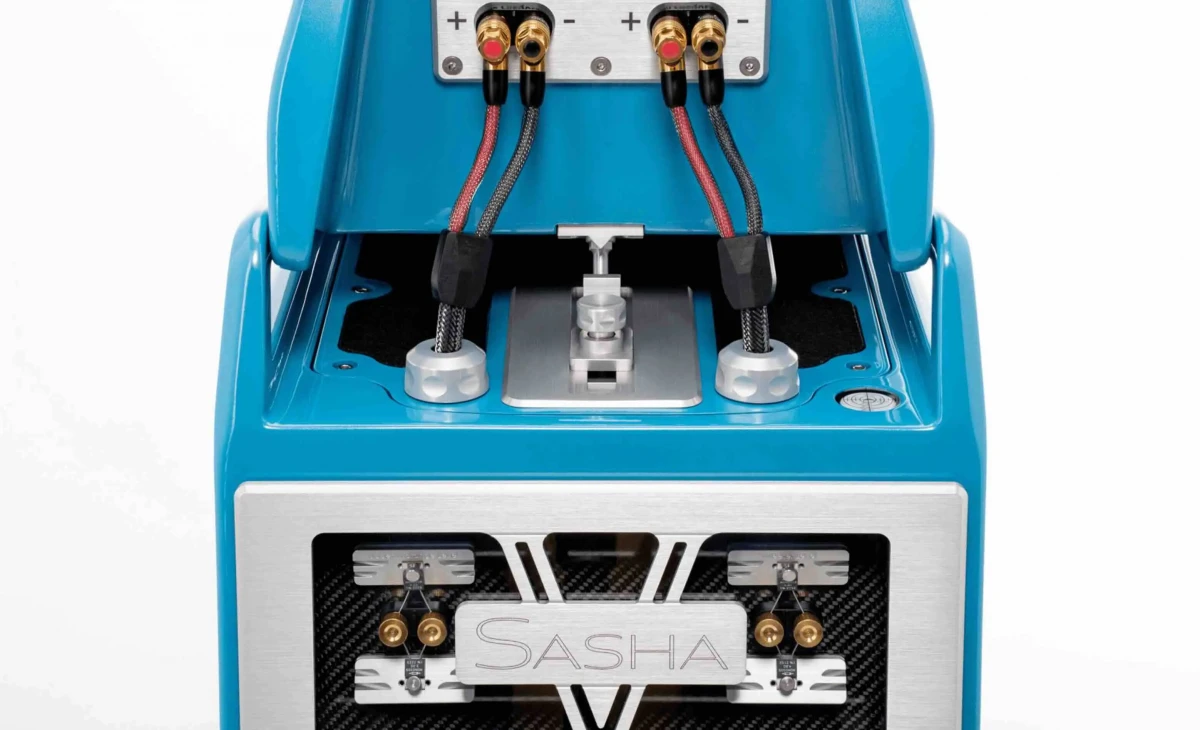
System
So, the choice of the Gryphon Mephisto power amplifier as a partner for the speaker system testing was quite obvious. Together with the Gryphon Zena preamplifier and the LampizatOr Golden Gate 3 digital-to-analog converter and the Roon Nucleus streamer and Nodost Tyr 2 cables, we got a complete system for streaming music both from a home UPnP server and via Roon with Tidal Qobuz.
What about the sound?
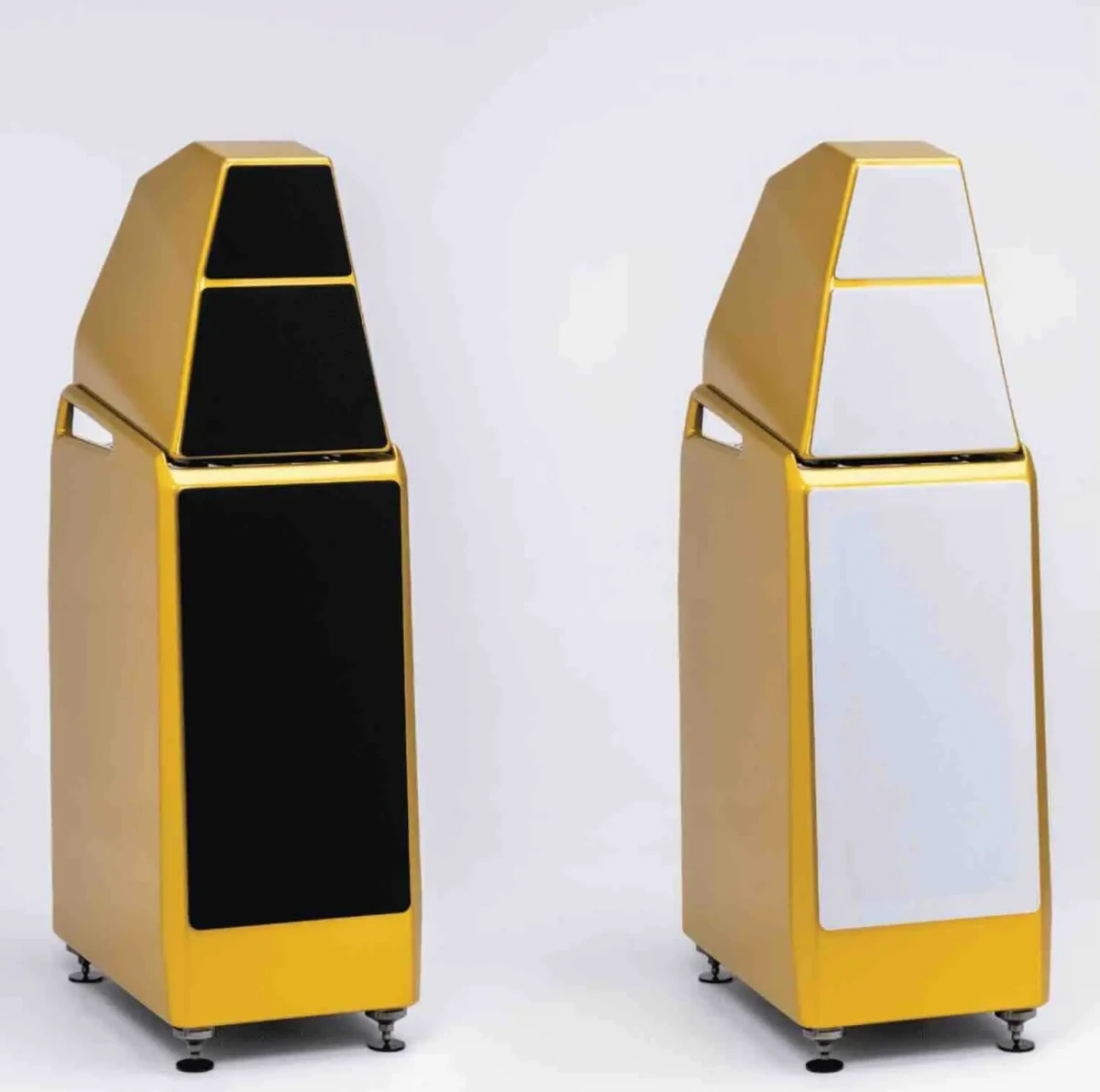
You need to remember about at least 100 hours of break in period these speaker systems - it takes time. After this time, the Wilson Audio Sasha V reveal themselves in all their glory - demonstrating sound with ideal texture transfer, correct timbre and stunningly emotional. In comparison with the Wilson Audio Sasha DAW, which is well known: we noted a clear improvement in the accuracy of bass notes - the low-frequency section has become drier, more precise and coherent. But the truly dramatic changes occurred in the midrange – a huge amount of air was added, and the singers' voices sounded as if they had materialized in the hall.

Wilson Audio speakers have always been able to paint a beautiful scene, but Sasha V took it one step further here – noticeably expanding the space of the hall and allowing you to literally feel what was happening with your skin. We started listening with Infected Mushroom - Vicious Delicious (16/44) and were literally amazed by the sense of rhythm that these loudspeakers demonstrated.

Switching to Maria Joao Pires's Chopin - The Nocturnes on Deutsche Grammophon (16/44, DG D216548) gave us the opportunity to feel the entire emotional charge of the recording and the perfect execution of the sound of the felts on the hammers. The rich low-frequency range ensured genuine authenticity of the playback – there was nothing to find fault with, and these tracks are the most difficult test for any system.

Finally, Hi-Res Bob Dylan - Oh Mercy (24/96 FLAC, Columbia/Qobuz) gave the opportunity to feel all the nuances of the voice and enjoy genuine analog reproduction and a wonderful soundstage. No matter what tunes were played next, nothing baffled Wilson Audio Sasha V.
Results
We can summarize that Wilson Audio Sasha V is a truly genre-universal speaker system with excellent talents in terms of soundstage, detailing and bass support. In terms of work in medium-sized halls, we cannot express any complaints about the speakers, with the exception of very serious requests for the amplification part of your system.
Evaluations
Stage
98%
Detailing
95%
Macrodynamics
92%
Microdynamics
94%
Bass extension
92%
Timbral authenticity
93%
Genre versatility
95%
Overall
95%
Specifications
This product is in the Hi-Fi and High End Electronics and Acoustics database
Floorstanding loudspeakers — Wilson Audio Sasha V
Model name
Sasha V
Frequency Response low +/- 3dB (Hz)
20
Frequency Response high +/- 3dB (Hz)
32000
Sensitivity (dB at 1 W/1m)
88
Impedance (Ohms)
4
Power amplifier requirements (W)
25
Has internal amplification
N/A
Internal amplification power (W)
N/A
Size (sm)
114.48 x 36.83 x 60.78
Weight (kg)
111.13
Official link


